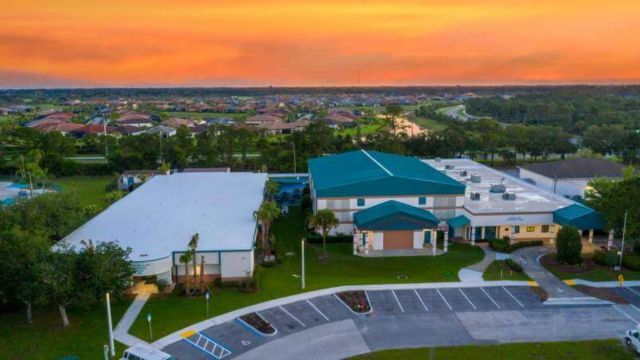Florida offers a plethora of attractions, ranging from sunny beaches to theme parks. However, not all parts of the state enjoy prosperity. Some Florida towns grapple with high levels of poverty, unemployment, and low income, impacting residents’ quality of life. In a recent in-depth analysis conducted by 24/7 Wall St., a financial news website, Gifford, near Vero Beach in Indian River County, emerged as the most poverty-stricken town in Florida.
Understanding Gifford’s Challenges
Gifford, officially a Census Designated Place (CDP), is a small town with a population of around 9,590. As one of Florida’s oldest African-American communities, it boasts a rich history and culture. However, it confronts substantial challenges related to poverty, education, health, and crime. In 2019, Gifford reported a poverty rate of 35.9%, the highest among all Florida towns with at least 10,000 residents.
The median household income in Gifford was $28,750, less than half of the state median of $59,227. Gifford’s unemployment rate was 10.1%, more than double the state average of 4.4%. These factors contribute to the town’s low standard of living and limited opportunities for its residents.
Comparing Gifford to Other Towns
Gifford’s poverty rate significantly surpasses both state and national averages. While the average poverty rate for Florida towns in 2019 was 13.6%, Gifford’s rate was more than twice as high. Even when compared to towns with similar population sizes, such as Belle Glade, Pahokee, and Quincy, Gifford’s poverty rate remains notably elevated. Nationally, with the average poverty rate at 12.3% in 2019, Gifford’s rate exceeds the norm by almost three times.
Addressing the Issue in Gifford
Efforts to combat Gifford’s high poverty rates involve various strategies and actions:
Economic Development: Initiatives include promoting growth and diversification, attracting new businesses and investments, creating job and income opportunities, and providing workforce training and skills development.
Education Improvement: Strategies involve enhancing the quality and accessibility of education, increasing graduation and college enrollment rates, offering scholarships and financial aid, and supporting after-school and mentoring programs.
Health Care Access: Measures include expanding the availability and affordability of health care services, especially for low-income and uninsured residents, providing preventive and primary care, and addressing health disparities and chronic diseases.
Community Engagement: Focus areas include strengthening the social and civic fabric, fostering community pride and identity, enhancing public safety and security, and encouraging participation and leadership in local affairs.
Conclusion
While Gifford boasts positive aspects and a rich heritage, it faces a critical challenge as Florida’s town with the highest poverty rate. Various factors contribute to this, but concerted efforts, including economic development, education improvement, health care access, and community engagement, are underway to transform Gifford into a more prosperous and livable town for its residents.

